“Mirror to the World” is being celebrated as much for its opening as for its closing. Photographer Frank Van Riper, who initiated the Glen Echo Photoworks documentary photography exhibit in 2009, served as curator for its final run.
Riper, a senior faculty member at Photoworks, author and award-winning photographer, conceived of the ongoing exhibit to showcase the work of emerging photographic talent.
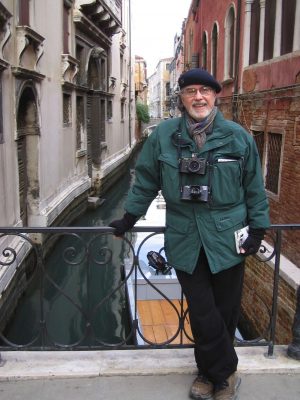
This year’s exhibit, which is built upon photo essays, welcomes returning artists Fred Safran and Christine Pearl, as well as newcomers like Darrow Montgomery, known for his work in the City Paper, and veteran Valerie Makepeace. Montgomery is showing a series of iPhone street photographs in both color and black and white, and Makepeace is debuting “American Roadside Retro,” a vibrant look at the American Southwest.
Another essay features the work of seven photographers who joined Van Riper and his wife and professional partner Judith Goodman during their fall 2016 photography workshop in Umbria: Gana Browning, Penny Frates, Diana and Steve Hoppin, Ginger Werz-Petricka, Ron Petricka and Cherry Wyman.
CultureSpotMC spoke with Riper about this show, which he deems, “easily one of the best—if not the best—I ever have mounted.”
What is a photo essay?
A photo essay is basically a story told in pictures—often accompanied by long-form text. The old Life magazine was a master at this, and pioneered the genre. National Geographic is a modern example. In “Mirror to the World,” I tried to pay tribute to this, asking the photographers I chose not only to give me images that hung together as a multi-photo essay, but also to give me accompanying text. When it works, the result is greater than the sum of its parts.
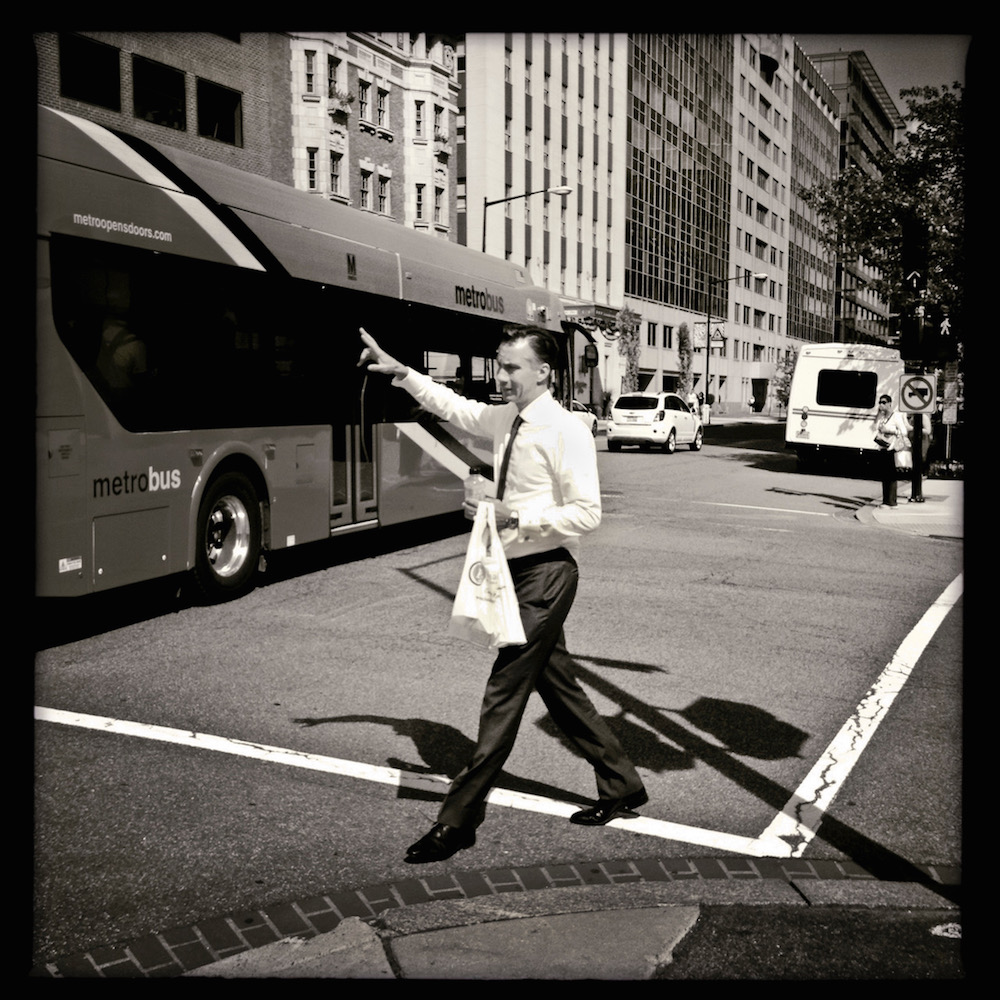
Why is “Mirror to the World” ending after a strong nine-year run?
I decided to end “Mirror” for a number of reasons. I have to admit, the main reason is that I am not getting any younger. I turned 70 last year, have a new book in the works, teach workshops in Maine, Umbria and Venice–as well as at Photoworks, of course–and just had to give up something—even something I love. It was not a question of the photography being lesser. If anything, I think this final show is the most uniformly good—if not the best…ever. And remember, “curating” a show is very different from “judging” one as a juror (selecting submitted entries for an hour or so).
During my time as creator and curator of this show, I spend months beforehand looking at work, seeking out photo stories and going to folks’ studios. Then, I always insist on hanging the show myself (kind of a Zen thing with me; I love being in an empty gallery and letting the photos tell me how they wanted to be hung). All that was great, but in the last few years, I am exhausted when it is done.
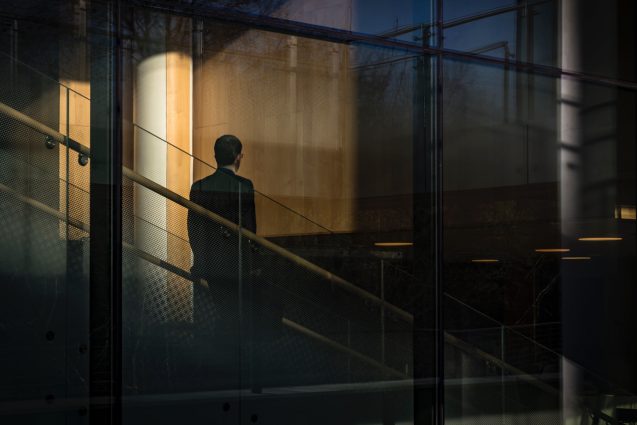
Your work is in the permanent collections of the National Museum of American Art and the National Portrait Gallery, among others. Your 1998 best-selling book, “Down East Maine/A World Apart,” was nominated for a Pulitzer Prize. What are some of your other proud professional moments?
Over the course of the past nine years, I am very proud to have introduced to the public the work of more than 60 not-yet-famous photographers, most of them from the D.C. Metro area. Similarly, I was the Washington Post’s photography columnist for 19 years—first in Weekend, then on washingtonpost.com. One of my editors on Weekend was John Kelly, who can tell you all about me. I am proud to have persuaded John to apply for a Nieman Fellowship to Harvard that he won—as I did in 1979 for my work as a political correspondent in the Washington Bureau of the New York Daily News (1979). [Lastly], “Down East Maine” won the Silver Award for photography from the Art Directors Club of Metropolitan Washington, and sold out two printings.
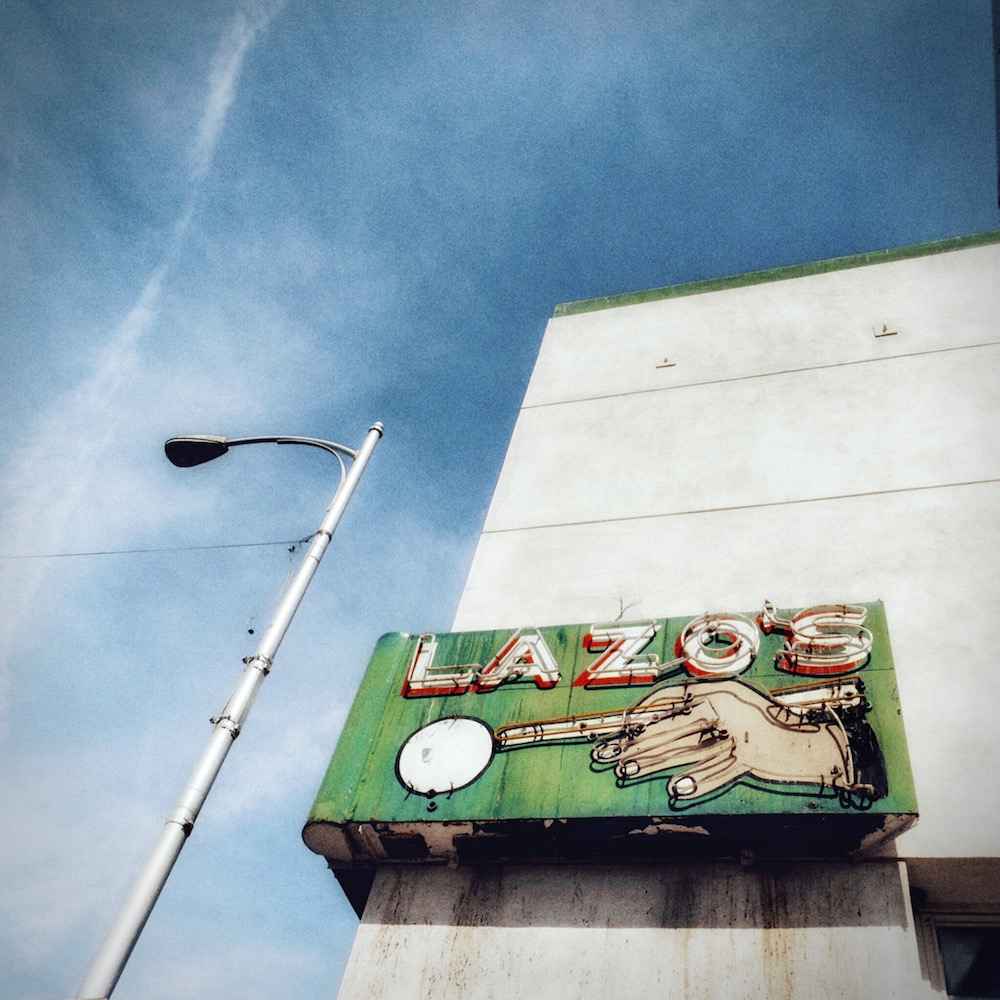
How has photography changed over the years?
Photography has changed greatly in the technological sense—analog to digital. This, in turn, has made it much easier for a person to create images—both good and lousy. It used to be I would go out street shooting in Manhattan with several rolls of film and be limited to 24 or 36 shots on each roll. Now, of course, I can take infinitely more on a multi-gigabyte digital storage card. Not only that, but, where before I would have to decide in advance whether I wanted to shoot gritty black and white (Tri-X) or vibrant color (Kodachrome 64), today I just can shoot and, if I wanted, create those effects in post-processing.
All this is fine, but I sometimes lament the ease with which a person can take mediocre photos on a hyper-automated point and shoot and be satisfied with them. But then, that’s why my wife and I teach.
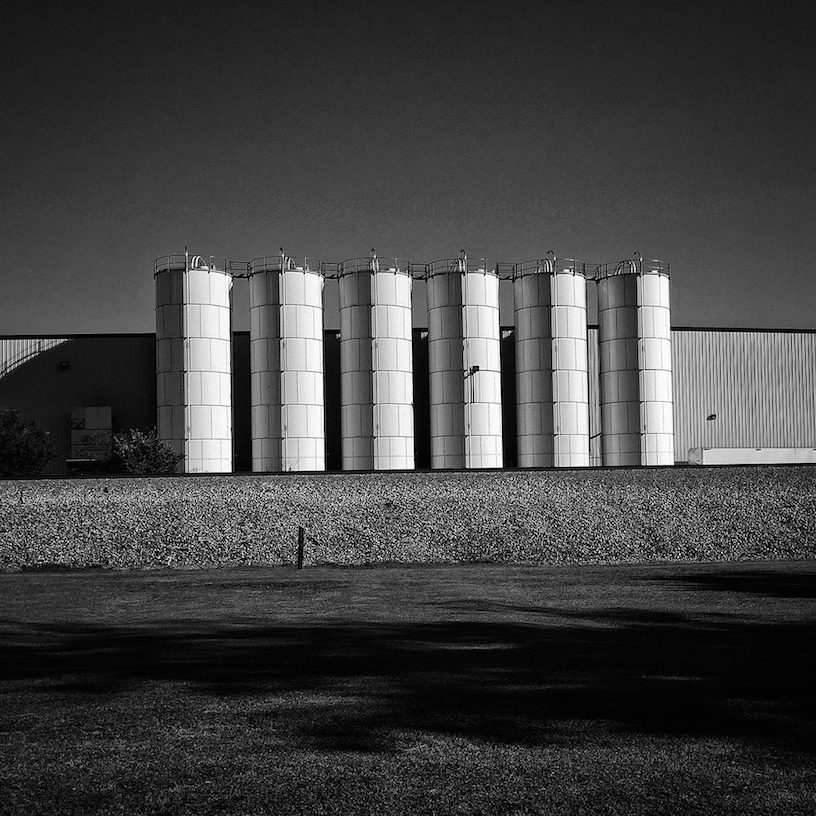
Who do you most admire in your field and why?
My heroes are generally documentary photographers who go out into the world and record humanity. These, of course, include some of the world’s great photojournalists, like my good friend David Burnett. But my real appreciation is for the long-form photographers who can immerse themselves in a story, stay with it for months, even years at a time, and come back with work that is golden: Henry Cartier-Bresson, the great Italian photographer Gianni Berengo Gardin, the late, great Mary Ellen Mark, the late Garry Winogrand, Susan Meiselas, Sebastiao Selgado, to name only a few.
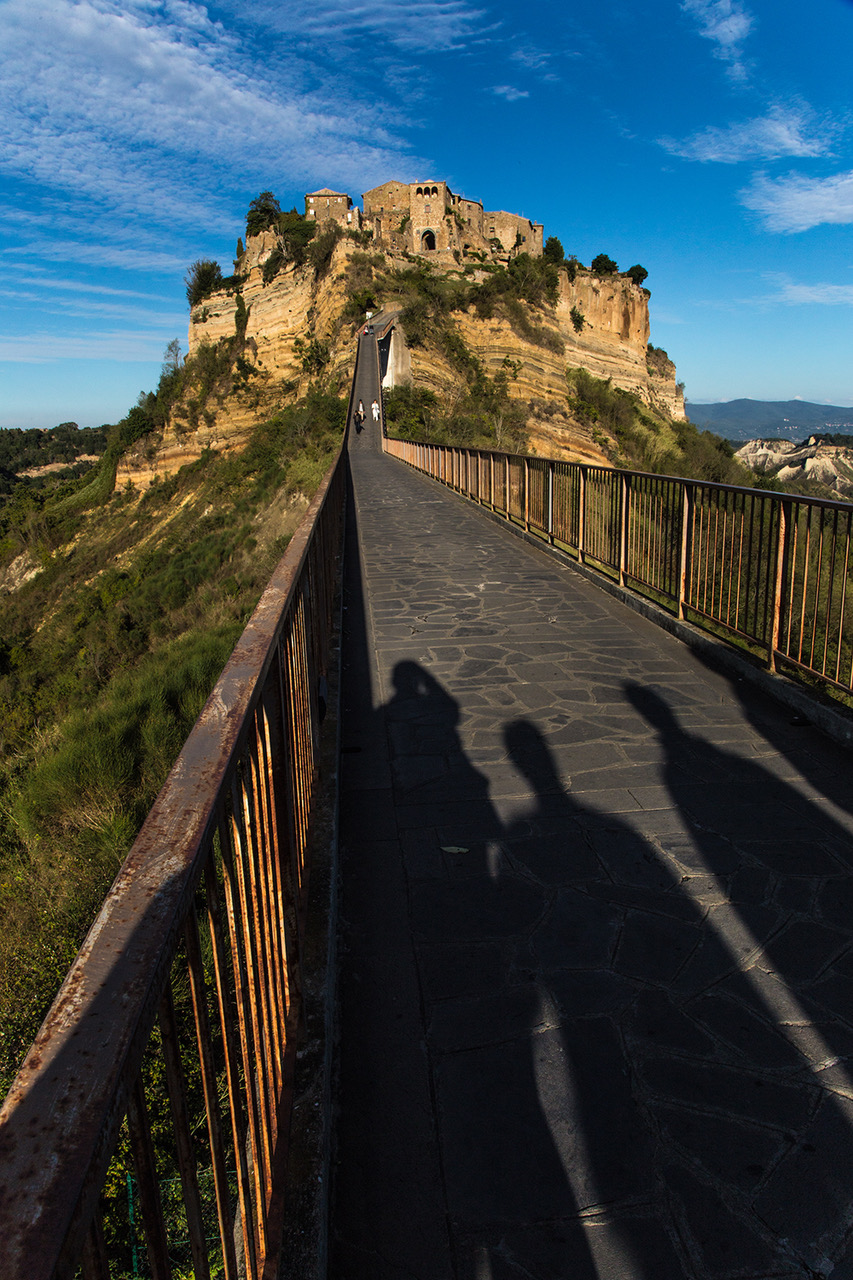
I see Umbria on your calendar for October. What else is coming up for you?
Right now, I have a deadline for my next book. It will be my sixth and it’s working-titled “Recovered Memory: Vintage Images of New York and Paris.” It will consist of work I did between 40 and 50 years ago in both places—accompanied by what I hope will be my own eloquent text. I am doing a lot of printing and researching now.
I also will continue to teach at Photoworks, which I love. In fact, retiring the “Mirror” show will mean I have more time to teach there, especially in the spring.
“Mirror to the World” is at the Photoworks Gallery, 7300 MacArthur Blvd., Glen Echo, through May 14. Hours are Saturday, 1 to 4 p.m., and Sunday, 1 to 8 p.m. Call 301-634-2223 or visit glenechopark.org.